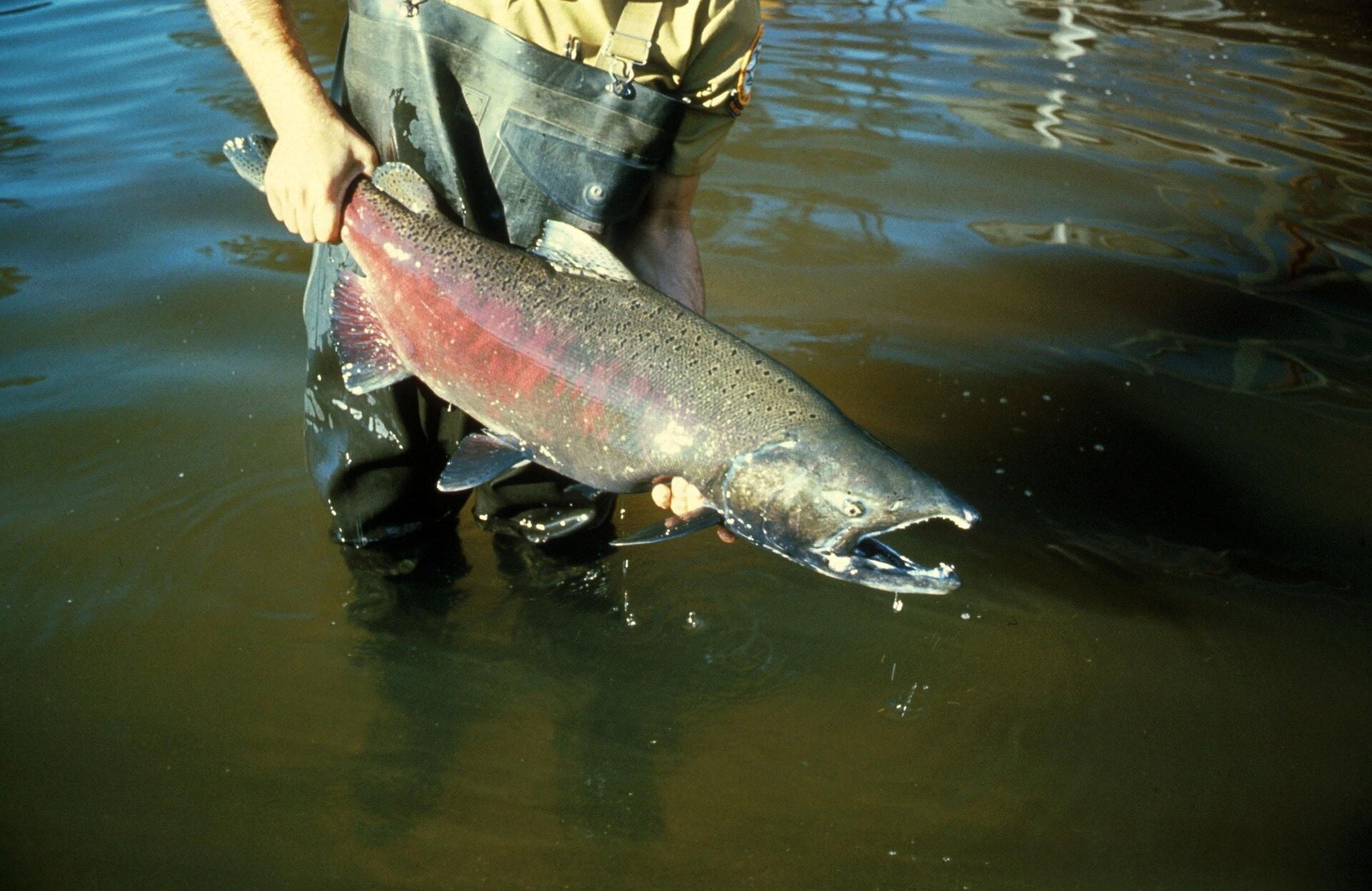- Boeing, union at strike impasse as company halts talks, withdraws pay offer
- 33% of homeowners would hire a 'questionable' contractor to save money, report finds
- Fed officials were divided on whether to cut rates by half a point in September, minutes show
- Nanobody capable of limiting the side effects of opioids discovered
- Novel etching technique enhances absorptivity of powders for metal 3D-printing
What do you believe is the single most important factor driving up the cost of living in Nigeria?

Sludge sequencing: High-throughput single-cell method reveals novel species and genetic diversity
Activated sludge is essential for removing contaminants from wastewater, and understanding the diverse microbial communities it harbors has been a significant task. Traditional methods fail to capture the full spectrum of microbial interactions. Due to these limitations, researchers recognized the need for single-cell level investigations to gain deeper insights into microbial heterogeneity.
Led by the University of Hong Kong and published in Environmental Science and Ecotechnology on September 19, 2024, the study applied single-cell sequencing to samples from a Hong Kong wastewater plant. This method overcame the constraints of traditional metagenomics, revealing the intricate genetic networks within microbial communities and offering new perspectives on antibiotic resistance gene transfer.
The research team sequenced 15,110 individual microbial cells, classifying them into 2,454 single-amplified genome bins, and discovered that 27.5% represent previously unclassified species. The identification of 1,137 ARGs, along with numerous plasmids and phages, underscored the frequent horizontal gene transfer between species.
Plasmids were found to be instrumental in spreading ARGs, raising concerns over the potential spread of antibiotic resistance. The findings highlight the need for closer monitoring of wastewater systems to prevent public health risks.




- October 9, 2024
Can visiting genocide memorials make you more empathic?

- October 9, 2024
Ozempic underworld: Inside the black market of obesity drugs



- October 10, 2024
Varsity students unveil hostel management portal

- October 10, 2024
AI steps into science limelight with Nobel wins

- October 10, 2024
Nanobody capable of limiting the side effects of opioids discovered
Subscribe to our mailing list to get the new updates!

Subscribe our newsletter to stay updated
Thank you for subscribing!




